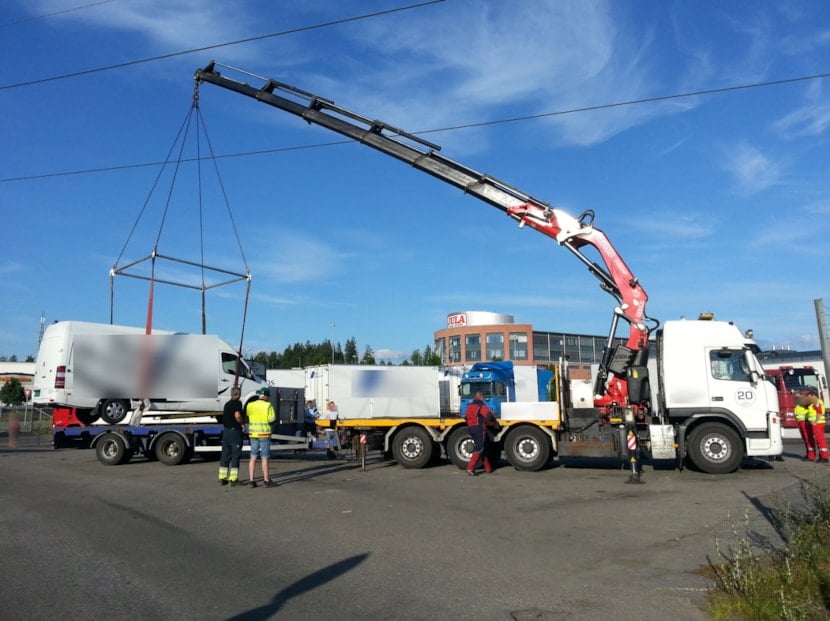At Statnett, sometimes we find that work is being carried out near our high-voltage installations without our being notified. If you are planning such work, the following is important to remember:
- You have a responsibility and obligation to obtain necessary information before commencing work near Statnett’s or other grid operators’ installations. You will find an overview of who is responsible for various high-voltage power lines click here
- Activities near high-voltage installations are extremely dangerous.
- Any work within 30 m of a high-voltage installation must be notified, and may not be commenced without permission. This includes the use of equipment set up outside this zone but that can reach within the 30 m limit, such as crane trucks or hoists.
- The storage of equipment, timber, spoil etc. within the restricted zone is not permitted.
- Any construction or excavation work within the restricted zone around the high-voltage power line requires prior approval by Statnett. The zone normally extends 10 m horizontally on both sides from the outermost live power line.
In the worst-case scenario, working near high-voltage power lines can result in serious accidents
“Activities near high-voltage power lines are extremely dangerous, and there have been a number of incidents that have resulted in the destruction of construction equipment due to contractors and others working in the vicinity of our power lines not being aware of how dangerous it can be,” reports Arnfinn Granheim, high-voltage Operations Manager at Statnett.
Maintain a distance of at least 30 m
Even if you are working some distance away from the actual high-voltage installation, you can still be electrocuted, or there could be an arc flash, e.g. from the power line to your crane truck.
“To avoid injuries to workers and damage to plant and equipment, all work within a horizontal distance of 30 m from live power lines must be notified, and you must obtain a permit from Statnett or the grid operator that owns the power line before you start work. You must always contact Statnett to arrange a survey of the area and to assess what safety measures will be necessary. It may also be appropriate to provide training for the personnel involved,” says Granheim.
Notify us well in advance
If you are planning construction work near high-voltage power lines, it is important to initiate dialogue with Statnett as early as possible.
“A good example of how to collaborate on work near high-voltage installations is the way that Betonmast built the SNØ arena in Eastern Norway (article in norwegian). They got in touch early on, and we were able to provide training and make necessary adjustments early in the project-planning phase,” recalls Granheim.
“When we are informed early on, the necessary safe distances can be calculated during the project-planning phase. This avoids having to change the plans, or in the worst case demolishing recently built constructions in order to build further away from the power line.”
Statnett also has underground cables, and it is important to investigate whether there are any in the area where you are planning activities involving excavation, sheet piling, blasting or drilling.

